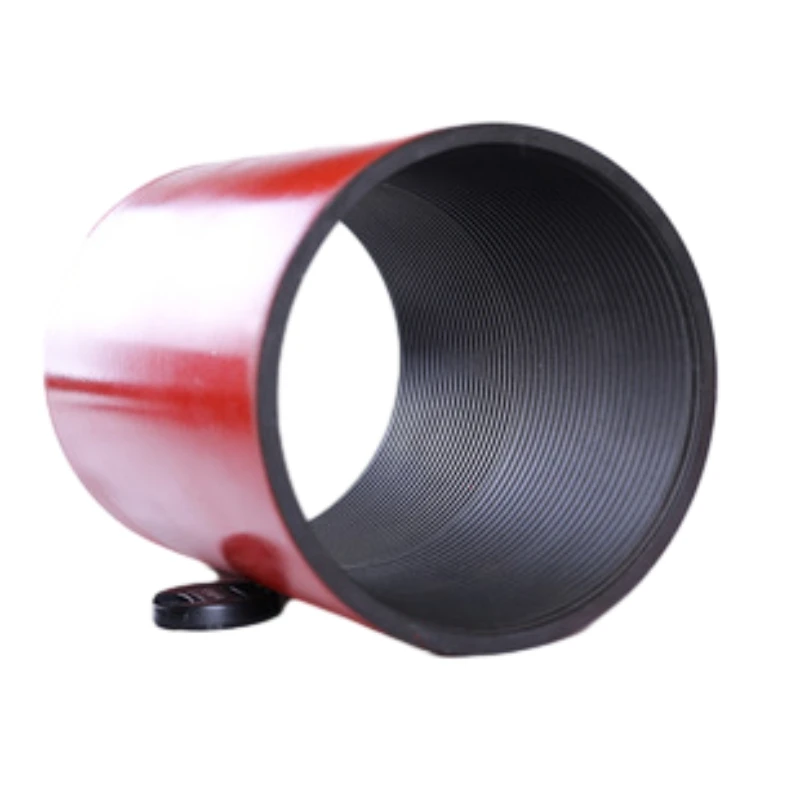- Afrikaans
- Albanian
- Amharic
- Arabic
- Armenian
- Azerbaijani
- Basque
- Belarusian
- Bengali
- Bosnian
- Bulgarian
- Catalan
- Cebuano
- Corsican
- Croatian
- Czech
- Danish
- Dutch
- English
- Esperanto
- Estonian
- Finnish
- French
- Frisian
- Galician
- Georgian
- German
- Greek
- Gujarati
- Haitian Creole
- hausa
- hawaiian
- Hebrew
- Hindi
- Miao
- Hungarian
- Icelandic
- igbo
- Indonesian
- irish
- Italian
- Japanese
- Javanese
- Kannada
- kazakh
- Khmer
- Rwandese
- Korean
- Kurdish
- Kyrgyz
- Lao
- Latin
- Latvian
- Lithuanian
- Luxembourgish
- Macedonian
- Malgashi
- Malay
- Malayalam
- Maltese
- Maori
- Marathi
- Mongolian
- Myanmar
- Nepali
- Norwegian
- Norwegian
- Occitan
- Pashto
- Persian
- Polish
- Portuguese
- Punjabi
- Romanian
- Russian
- Samoan
- Scottish Gaelic
- Serbian
- Sesotho
- Shona
- Sindhi
- Sinhala
- Slovak
- Slovenian
- Somali
- Spanish
- Sundanese
- Swahili
- Swedish
- Tagalog
- Tajik
- Tamil
- Tatar
- Telugu
- Thai
- Turkish
- Turkmen
- Ukrainian
- Urdu
- Uighur
- Uzbek
- Vietnamese
- Welsh
- Bantu
- Yiddish
- Yoruba
- Zulu
Exploring Bull Plug Applications in Oil and Gas Industry Operations and Innovations
Bull Plug in Oil and Gas Industry An Essential Component
In the oil and gas industry, the efficient management of resources and the protection of the environment are paramount. Among the various components that serve vital roles in this sector, one often overlooked element is the bull plug. While it may not have the visibility of drilling rigs or pipelines, the bull plug is indispensable in ensuring safety and integrity during the exploration and extraction of hydrocarbons.
What is a Bull Plug?
A bull plug is a type of sealing device used in the oil and gas industry to close off the end of a pipe, preventing the escape of fluids or gases. It is typically constructed from durable materials such as steel, aluminum, or specialized polymers, which can withstand high pressures and harsh chemical environments. Bull plugs are essential in various applications, including well testing, equipment maintenance, and during the transportation of materials.
Importance of Bull Plugs
1. Safety and Environmental Protection The primary function of a bull plug is to prevent leaks. In an industry where even the smallest spill can have devastating environmental consequences, bull plugs are critical for maintaining pressure and containing hazardous materials. For instance, during drilling operations, these plugs help in controlling the flow of oil and gas, which is crucial for preventing blowouts and other dangerous incidents.
2. Operational Efficiency Bull plugs play a significant role in enhancing the efficiency of operations. By enabling operators to isolate sections of piping for maintenance or testing without disrupting the entire system, bull plugs facilitate more effective inspections and repairs. This isolation technique not only saves time but also reduces costs associated with operational downtime.
bull plug oil and gas

3. Versatility The design and functionality of bull plugs allow them to be utilized in various scenarios within the oil and gas sector. Whether it’s in upstream activities like drilling and well completion or midstream and downstream processes such as refining and transportation, bull plugs are adaptable tools. Their versatility makes them invaluable in diverse and demanding applications across the industry.
4. Compliance with Standards The use of bull plugs also helps companies comply with industry standards and regulations. By ensuring that systems are properly sealed and that there are no leaks, organizations can meet environmental regulations, thus avoiding potentially costly fines and fostering a positive public image.
Challenges and Innovations
Despite their importance, bull plugs can face challenges, such as wear and tear over time due to exposure to extreme conditions. This necessitates periodic inspection and replacement to ensure their reliability. Innovations in materials and design are ongoing in the industry, with engineers continually seeking more durable solutions that can better withstand the rigors of exploration and production.
Moreover, advancements in technology, such as real-time monitoring systems, are being explored to increase the effectiveness of bull plugs. Integrating smart sensors into these devices could provide alerts about potential failures before they occur, allowing for proactive maintenance and enhancing safety further.
Conclusion
In conclusion, bull plugs serve as a cornerstone in the oil and gas industry, enhancing safety, operational efficiency, and environmental stewardship. While they may not be as widely recognized as other components, their significance cannot be overstated. As the industry continues to evolve, the integration of new technologies and materials will undoubtedly improve the effectiveness of bull plugs, further solidifying their role in the safe and efficient extraction of hydrocarbon resources. Understanding and investing in these small but mighty components will be crucial for companies aiming to thrive in a complex and changing landscape.
-
Tubing Pup Joints: Essential Components for Oil and Gas OperationsNewsJul.10,2025
-
Pup Joints: Essential Components for Reliable Drilling OperationsNewsJul.10,2025
-
Pipe Couplings: Connecting Your World EfficientlyNewsJul.10,2025
-
Mastering Oilfield Operations with Quality Tubing and CasingNewsJul.10,2025
-
High-Quality Casing Couplings for Every NeedNewsJul.10,2025
-
Boost Your Drilling Efficiency with Premium Crossover Tools & Seating NipplesNewsJul.10,2025







